I'm having a bit of trouble with an image that I'm converting for colour recognition.
The function looks like this:
void PaintHSVWindow(cv::Mat img){
cv::Mat HSV, threshold;
cvtColor(img, HSV, COLOR_BGR2HSV);
inRange(HSV, cv::Scalar(HMin, SMin, VMin), cv::Scalar(HMax, SMax, VMax), threshold);
Mat erodeElement = getStructuringElement(MORPH_RECT, cv::Size(3, 3));
Mat dilateElement = getStructuringElement(MORPH_RECT, cv::Size(8, 8));
erode(threshold, threshold, erodeElement);
dilate(threshold, threshold, dilateElement);
cv::resize(threshold, threshold, cv::Size(360, 286));
MyForm::setHSVWindow(threshold);
}
And the output looks as follows:

On the left is the input. On the right is supposed to be the same image, converted to HSV, filtered between the given thresholds to find the yellow ball, eroded and dilated to remove the smaller contours, and displayed in half the size of the original image. Instead, it takes the expected image and squashes 3 of them in the same space.
Any guesses as to why this would happen?
UPDATE 1:
OK, since it appears that running findContours on the image on the right-hand size still gives me the proper output, i.e. the contours from the distorted, 3-times-copied right-side image can be pasted into the right position on the left-side input image, I've decided to just take the distorted image and crop it for display purposes. It will only ever be used to find the contours of a given HSV range in an image, and if it serves that purpose, I'm happy.